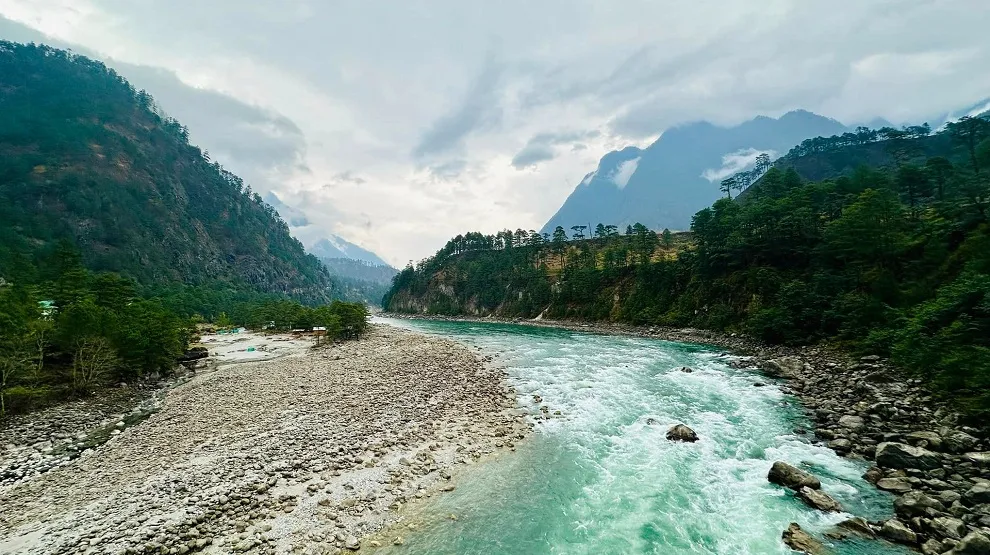
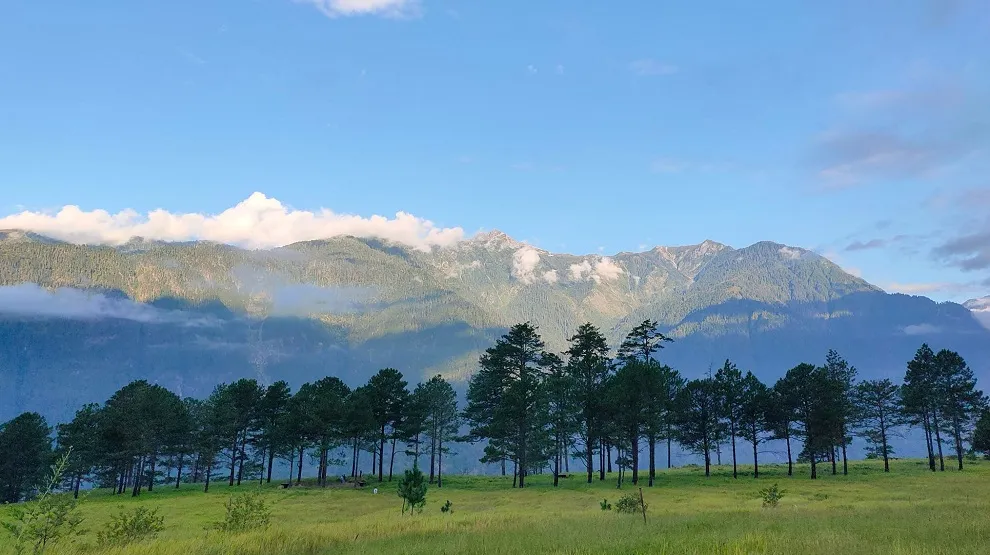
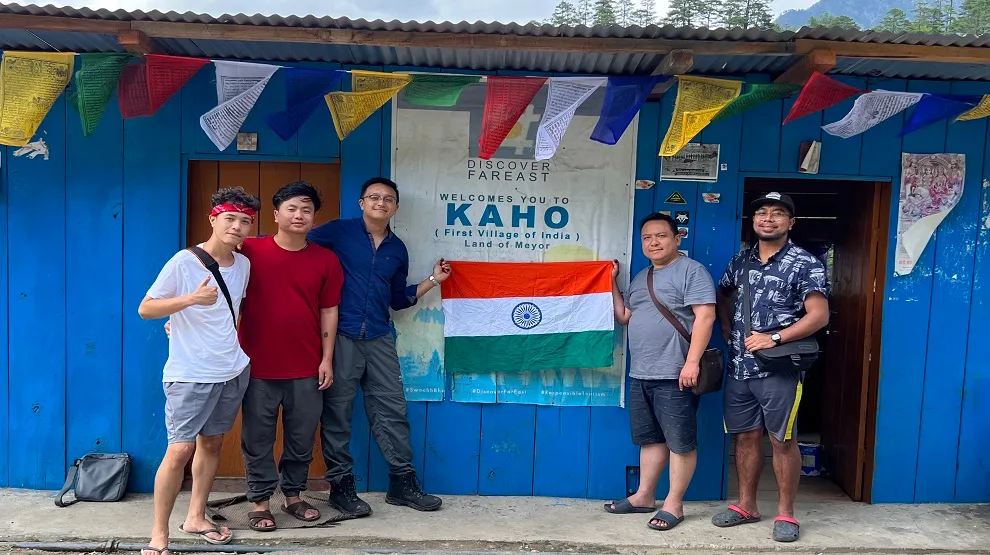
Introduction
When travelers think of Arunachal Pradesh, places like Tawang, Ziro or Bomdila often come to mind. But the eastern side of the state—stretching from the river plains of Namsai to the remote mountains of Anjaw and Dibang Valley—is a different world altogether. Known for its pristine valleys, rare wildlife, ancient Buddhist monasteries, and diverse tribal cultures, Eastern Arunachal is a true hidden gem.
Unlike the western districts that are more touristy, the eastern region offers raw, immersive experiences that few outsiders have witnessed. Whether it’s catching India’s first sunrise in Dong Valley, trekking through Namdapha National Park, exploring tribal villages in Tirap and Longding, or meditating in the Golden Pagoda at Namsai, Eastern Arunachal is where adventure meets authenticity.
Why Visit Eastern Arunachal?
Eastern Arunachal is often described as the land of first light in India because the sun rises here before anywhere else in the country. But beyond its geographical uniqueness, here’s what makes the region so special:
Untouched Natural Beauty – Snowy peaks, thick forests, roaring rivers, and valleys untouched by mass tourism.
Spiritual Journeys – Ancient Theravada Buddhist monasteries, sacred pilgrimage sites, and serene meditation retreats.
Adventure & Wildlife – Trekking, camping, and spotting rare species in biodiversity hotspots like Namdapha and Dibang.
Community Homestays – Stay with local families and experience their culture, food, and traditions first-hand.
Cultural Immersion – Learn about the Nocte, Wancho, Tangsa, Singpho, Khampti, and Mishmi tribes, each with unique customs, dances, and festivals.
Top Places to Visit in Eastern Arunachal
1. Namsai District – The Land of the Golden Pagoda
Namsai is the cultural heart of Theravada Buddhism in Arunachal. The district is famous for:
Golden Pagoda (Kongmu Kham): A glittering Burmese-style pagoda surrounded by landscaped gardens. At night, its golden glow against the sky is magical.
Buddhist Monasteries & Meditation Retreats: Perfect for spiritual seekers.
Poi Pee Mau Festival: Celebrated by the Tai Khampti community, showcasing dances, food, and rituals.
Homestays: Warm hospitality where you can taste Khampti cuisine, like khau-sen (rice noodles) and bamboo shoot curries.
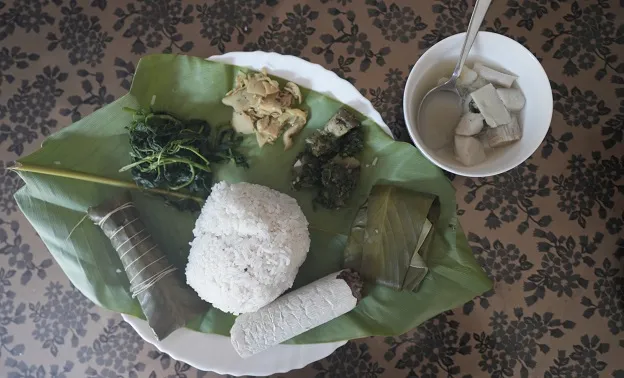
2. Changlang District – Gateway to Namdapha National Park
Changlang is a paradise for nature lovers and wildlife enthusiasts. Places to visit include:
Namdapha National Park: One of India’s largest protected areas, home to tigers, clouded leopards, hoolock gibbons, hornbills, and orchids. Bird-watchers and trekkers will love this jungle wilderness.
Miao & Jairampur: Small towns that serve as bases for exploring Namdapha.
Singpho Tribe & Tea Gardens: The Singphos are credited with introducing tea to India long before the British. Their organic tea plantations still thrive here.
3. Lohit District – Where Rivers Meet Spirituality
The Lohit River valley is a blend of scenic beauty and sacred significance.
Parshuram Kund: A sacred pilgrimage site where thousands gather every January during Makar Sankranti to take a holy dip.
Wakro: Known for orange orchards and Mishmi tribal villages.
Adventure Treks: Trails along the Lohit River offer both challenge and serenity.
4. Anjaw District – India’s Easternmost Frontier
Anjaw is rugged, remote, and stunningly beautiful.
Dong Valley: Famous as the first place in India to witness sunrise. A trek uphill rewards travelers with a breathtaking morning spectacle.
Kibithu & Walong: Border villages with dramatic landscapes and echoes of history (site of the 1962 Indo-China war).
Cultural Blend: Tibetan and Mishmi influences can be seen in local customs and food.
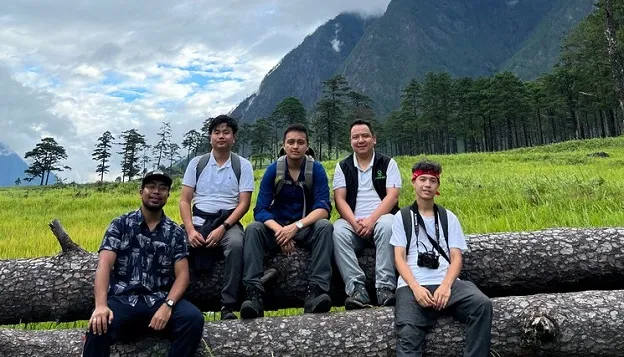
5. Dibang Valley (Lower & Upper) – The Wilderness Haven
The Dibang Valleys are among the least explored regions of Arunachal.
Anini: Headquarters of Upper Dibang Valley, surrounded by snow-capped peaks and alpine forests. The now increasingly popular Chigu Eco Camp is based in Acheso, 47 kms from Anini
Wildlife & Birding: Home to the Mishmi takin, red panda, and a vast variety of birds.
Mishmi Tribe: Known for their weaving, festivals, and deep knowledge of forest plants and medicines.
Homestays: Community-driven stays let travelers live the Mishmi way of life.
6. Tirap & Longding – Land of the Noctes and Wanchos
These districts are gateways into the rich tribal traditions of Arunachal.
Tribal Villages: Experience authentic village life, complete with log drums, wood carvings, and traditional houses.
Festivals: Oriah Festival (Noctes) and festivals of the Wancho tribe are filled with dance, song, and warrior traditions.
Cultural Tourism: Ideal for travelers keen on anthropology, history, and cultural studies.
Best Time to Visit Eastern Arunachal
October to April: The best time with clear skies, cool weather, and festivals in full swing. Perfect for trekking, wildlife spotting, and cultural events.
May to September (Monsoon): The region receives heavy rainfall, making travel challenging. Landslides are common, but the valleys look lush and vibrant.
How to Reach Eastern Arunachal
By Air:
Dibrugarh Airport (Assam): Major hub for flights to Eastern Arunachal.
Tezu Airport: Regional flights connecting to Guwahati and other towns.
By Rail:
Tinsukia (Assam): The nearest major railway station, connecting to Guwahati, Kolkata, and Delhi.
By Road:
Regular buses, shared cabs, and hired taxis connect Assam towns like Dibrugarh, Tinsukia, and Lakhimpur to Namsai, Tezu, Roing, and beyond.
Permits:
Inner Line Permit (ILP) for Arunachal Pradesh: Mandatory for Indian tourists. Can be applied online or through Arunachal Pradesh tourism offices.
PAP (Protected Area Permit): Required for foreign tourists.
Travel Tips for Eastern Arunachal
Permits: Always carry your ILP or PAP. Without them, entry is restricted.
Connectivity: Mobile networks are patchy; BSNL and Jio work in certain areas. Carry offline maps.
Cash Matters: ATMs are rare; withdraw cash in Assam before entering Arunachal.
Respect Local Culture: Dress modestly, seek permission before taking photographs, and respect village customs.
Travel Light: Roads are rough and journeys long; pack light but carry essentials like medicines, rain gear, and sturdy shoes.
Conclusion
Eastern Arunachal Pradesh is not just a destination—it’s an experience. From the golden spires of Namsai to the first rays of the sun at Dong, from the dense jungles of Namdapha to the mystical valleys of Dibang, this region reveals Arunachal in its rawest form.
For travelers seeking something beyond the ordinary, Eastern Arunachal offers authenticity, adventure, and soul-stirring encounters with nature and culture. It’s a journey into India’s eastern frontier, where every sunrise feels like the beginning of discovery.
So pack your bags, get your permits, and step into the unexplored world of Eastern Arunachal—the land of hidden wonders.
Written by Omanso Tayang
Omanso, an avid backpacker with an engineering background from Itanagar, Arunachal Pradesh, returned to his home state after completing his education in Chennai & NERIST. Passionate about promoting the lesser-known destinations, Oman has traveled across most parts of Arunachal to find unique locations like Anini, Dong Valley, Namsai etc. When not exploring, Oman enjoys camping, trekking, dancing and going on culinary adventures.
For a customized Arunachal Pradesh Tour experience you can contact us at +91-7669503993 or email to contact@ourguest.in




